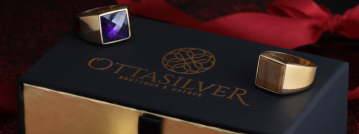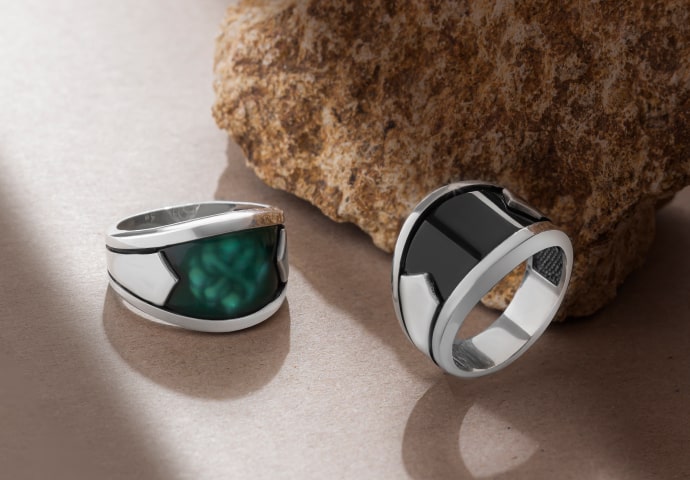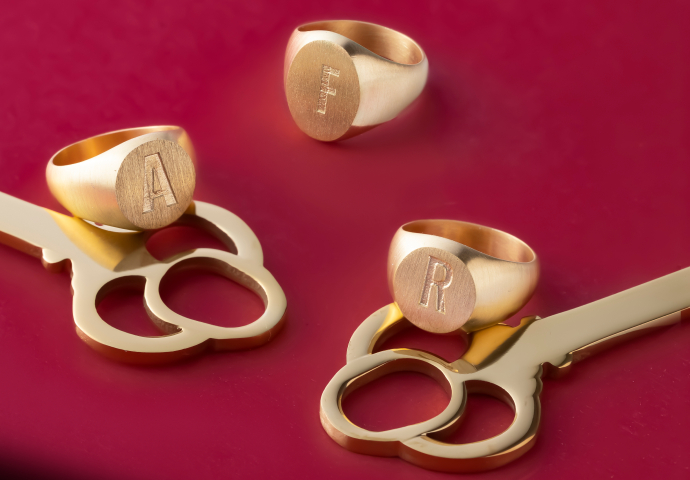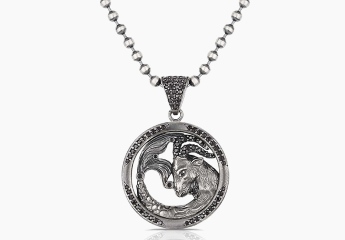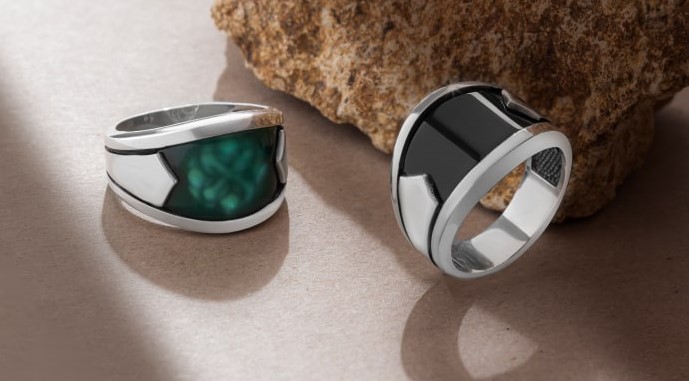Turquoise Stone in History
The turquoise stone belongs to the phosphate mineral family, consisting of hydrated copper, phosphate, and aluminum minerals.
One of the most valuable non-metal and non-transparent gemstones in the jewelry market, turquoise with its pure color and wonderful pattern has been prevalently utilized in building decorations and jewelry trade throughout history.
The mining of turquoise stone dates back to Ancient Egypt, Egyptians believed that turquoise stone was a powerful source of protection. So it was often found in Egyptian tombs to protect the person through his or her journey to the afterlife. People of Ancient Indus were wearing turquoise stone as beads, pendants, bangles, and bracelets. It is also been used as an ornament in facade decorations of ancient structures in Egypt and India. Turquoise is one of the 43 different kinds of stones that compose the Taj Mahal, the white-marble mausoleum built by Mughal Emperor Shah

